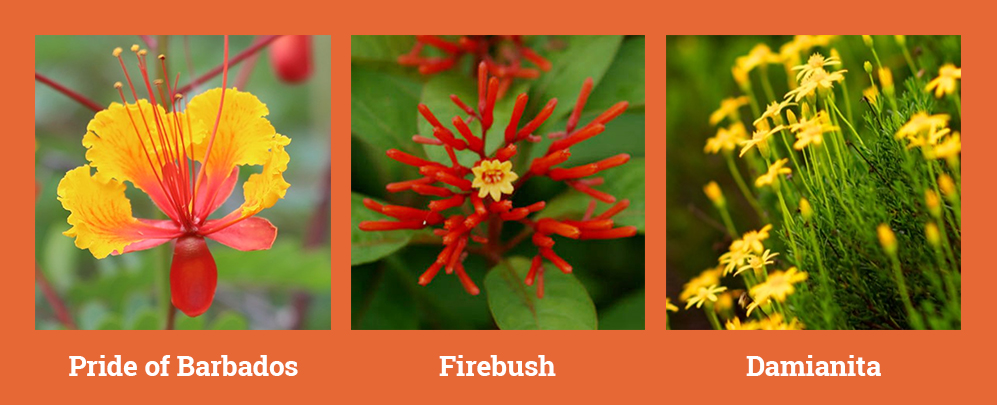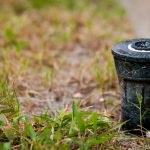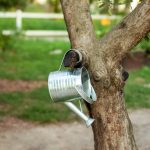Plants have developed unique characteristics to help them beat the heat and many other weather extremes.
By Mark Peterson
Plants, as far as I know, don’t have nerves or organs that require cooling like humans. In fact, some plants can tolerate — or even prefer — triple digit temperatures.
As a rule, plants don’t fight the heat so much as the combination of high lumens, high winds, low humidity and low soil moisture. In most cases, plants have the ability to withstand high temperatures as well as the other evapotranspiration or ET factors, including: sunlight, wind, relative humidity and evaporation.
ET is the combination of total water used by the plant, water that evaporates from the leaves (transpiration) and water that evaporates from ground.
In response to weather extremes, plants have developed unique characteristics to combat high ET. These characteristics include heavy wax coatings to prevent water loss, tiny hairs on the undersides of leaves to prevent evaporation by wind, and continued photosynthesis even with access to carbon dioxide restricted. Sometimes it’s as simple as going dormant until the weather passes, and no amount of water will arouse it. Brown does not mean dead.
While ET varies among plants, the actual water used by a plant is seldom more than 5 percent of the total water absorbed by the roots. The remaining 95 percent is lost to the air. Some plants can tolerate very high ET — yucca or ashe juniper actually continue to grow — while others, like St. Augustine, quickly go dormant under high ET.
And then there are plants that truly prefer high temperatures. Pride of Barbados, firebush and damianita don’t even reach their peak until temps are in the high 90s.

Here’s the really cool part about ET: The changing of liquid water to water vapor as it escapes from the leaves actually cools the plants. It takes a lot of energy to transform from one state to another and that’s pulled from the atmosphere around the leaf.
In short: trust your plants and their abilities.
Water deeply, but infrequently. Realize that leaves, grass clippings and compost are nature’s best fertilizer. And sometimes on those occasions, the best thing you can do for your plants is to simply step away.




